This article was written by Catherine Cheung, DPM and by wikiHow staff writer, Dan Hickey. Dr. Catherine Cheung is a board certified Podiatrist based in San Francisco, California. Dr. Cheung specializes in all aspects of foot and ankle care, including complex reconstruction. Dr. Cheung is affiliated with the Brown & Toland Physicians and the Sutter Medical Network. She earned a DPM from the California College of Podiatric Medicine, completed her residency at the Encino Tarzana Medical Center, and completed a fellowship at the Kaiser Permanente San Francisco Medical Center. She is board certified by the American Board of Podiatric Surgery.
There are 9 references cited in this article, which can be found at the bottom of the page.
This article has been viewed 2,059 times.
Dealing with the pain of a sprained ankle during the day is bad enough, but it sure can be irritating when it keeps you from sleeping comfortably! Thankfully, making a few small adjustments to your bedtime routine and sleeping position can help you get some much needed shut eye (the better you sleep, the faster you heal). In this article, we’ll show you how to fight ankle pain and swelling while you sleep, plus dive into the R.I.C.E (Rest, Ice, Compression, Elevation) first aid method to speed up your healing time. Let’s hop to it (with your good ankle)!
This article is based on an interview with our board certified podiatrist, Catherine Cheung, DPM. Check out the full interview here.
Things You Should Know
- Remove your compression bandage before bed and sleep on your back with your ankle elevated on pillows, blankets, or cushions.
- Use the R.I.C.E. (Rest, Ice, Compression, Elevation) method to treat your sprained ankle for the first 72 hours after injury.
- See a doctor if your ankle pain and swelling don’t improve or get worse after about 3 days of R.I.C.E. care at home.
Steps
References
- ↑ https://my.clevelandclinic.org/health/symptoms/15295-ankle-pain
- ↑ https://www.healthquestgroup.com/say-goodbye-to-ankle-pain/
- ↑ https://www.thepodiatrygroup.com/2021/11/26/mistakes-you-are-making-when-caring-for-your-ankle/
- ↑ https://www.nidirect.gov.uk/conditions/sprains-and-strains
- ↑ https://www.health.harvard.edu/pain/recovering-from-an-ankle-sprain
- ↑ https://orthoinfo.aaos.org/en/diseases--conditions/sprained-ankle/
- ↑ https://www.health.harvard.edu/pain/recovering-from-an-ankle-sprain
- ↑ https://my.clevelandclinic.org/health/symptoms/15295-ankle-pain
- ↑ https://www.stanfordchildrens.org/en/topic/default?id=caring-for-a-sprain-138-K1947
- ↑ https://www.health.harvard.edu/pain/recovering-from-an-ankle-sprain
- ↑ https://healthcareassociates.com/can-you-walk-on-a-sprained-ankle/
- ↑ https://www.health.harvard.edu/pain/recovering-from-an-ankle-sprain
- ↑ https://www.mayoclinic.org/diseases-conditions/sprained-ankle/diagnosis-treatment/drc-20353231
- ↑ https://www.nidirect.gov.uk/conditions/sprains-and-strains
- ↑ https://www.stanfordchildrens.org/en/topic/default?id=caring-for-a-sprain-138-K1947
- ↑ https://www.nidirect.gov.uk/conditions/sprains-and-strains





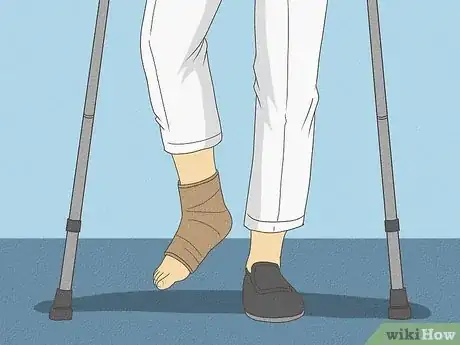
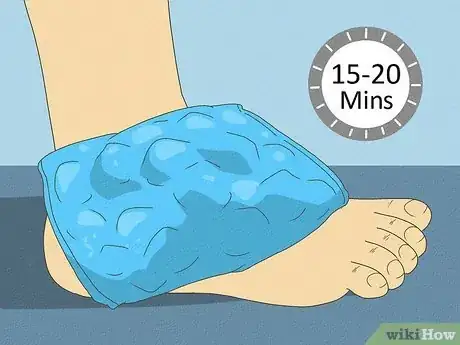

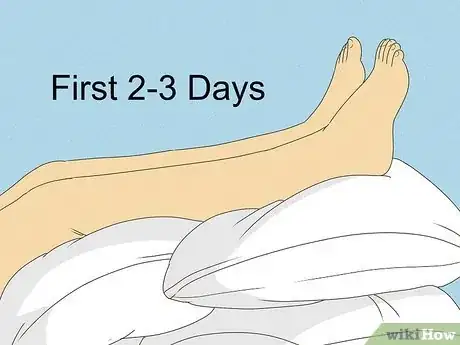


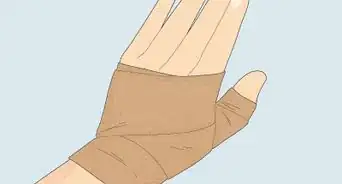

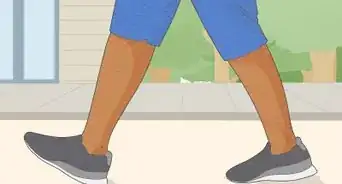
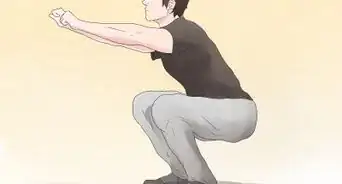


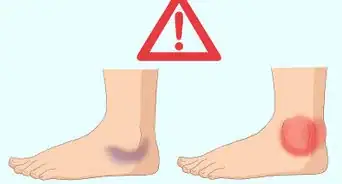
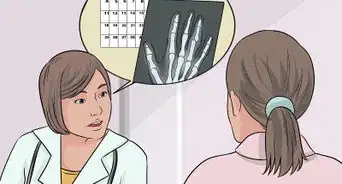
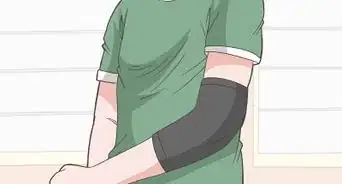


















































Medical Disclaimer
The content of this article is not intended to be a substitute for professional medical advice, examination, diagnosis, or treatment. You should always contact your doctor or other qualified healthcare professional before starting, changing, or stopping any kind of health treatment.
Read More...